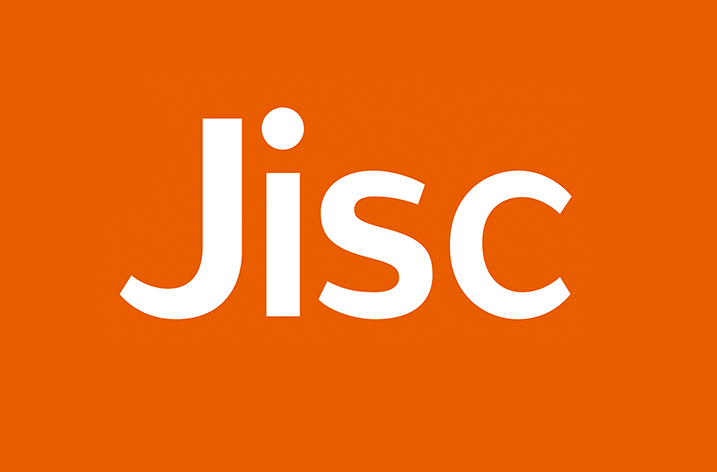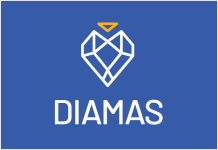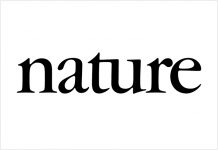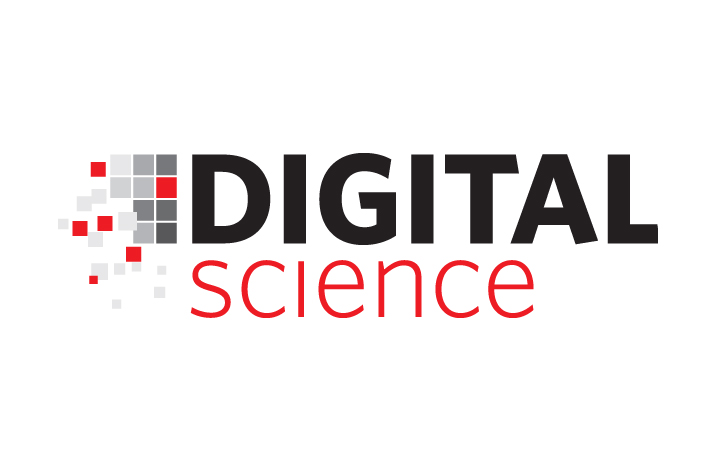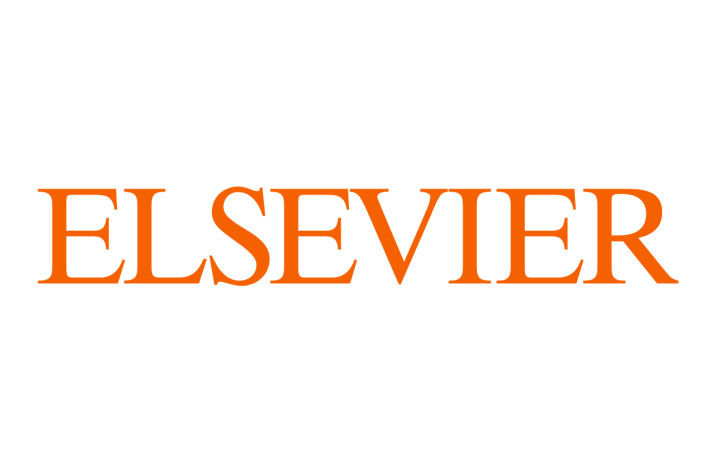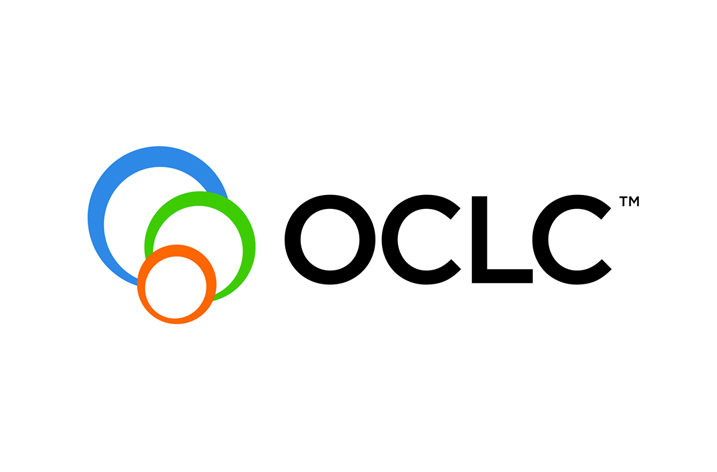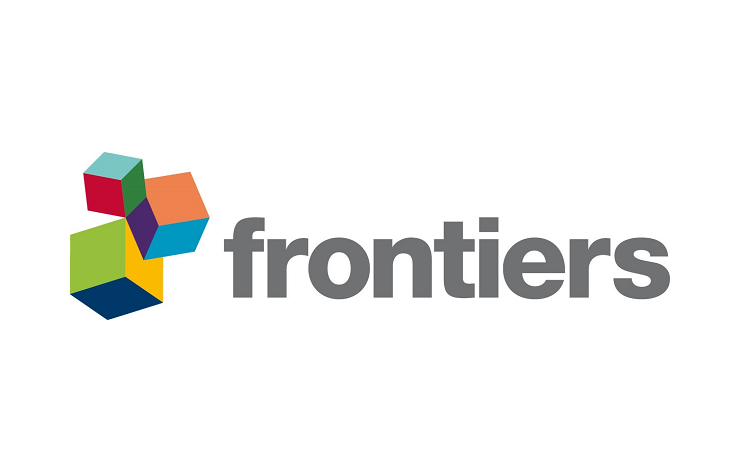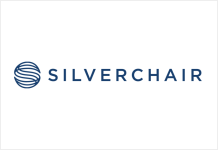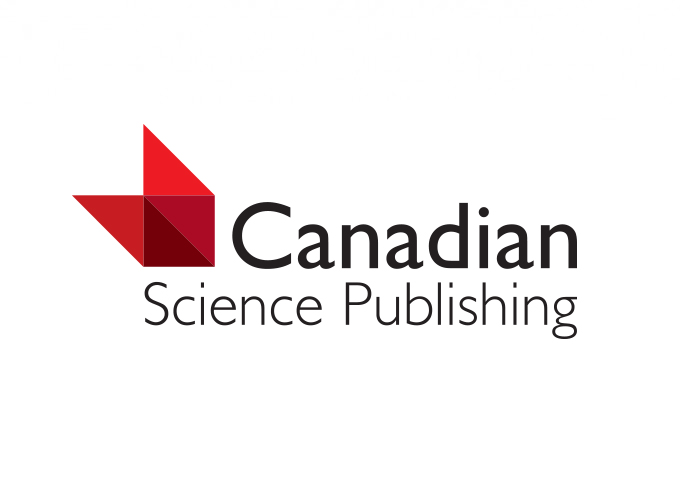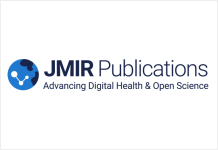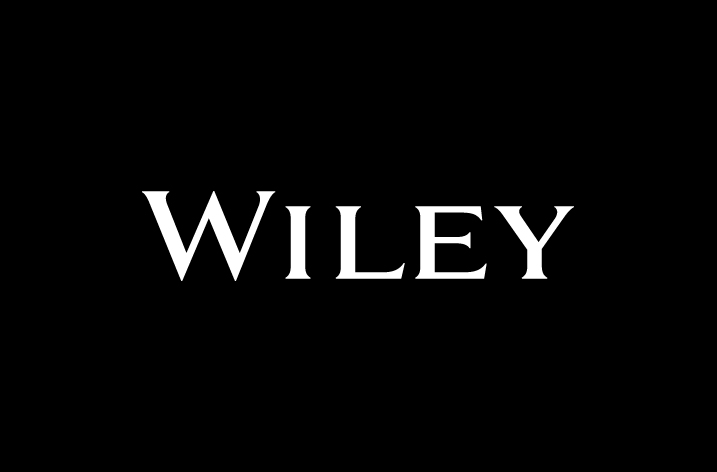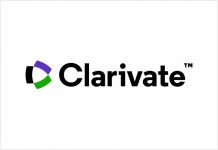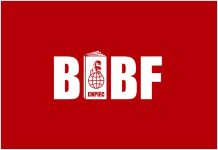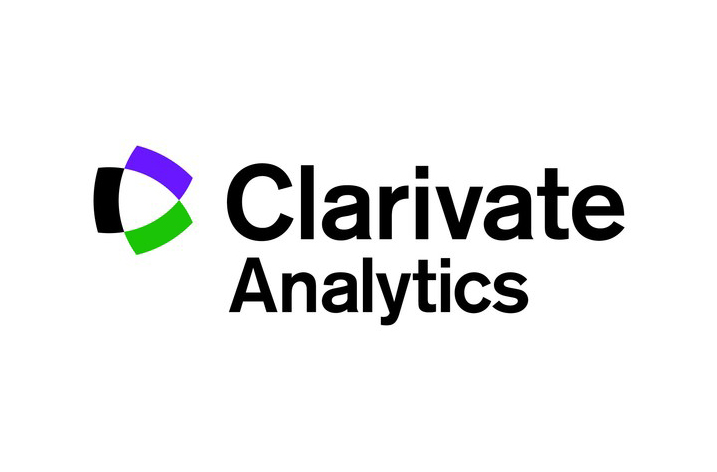
The Web of Science Group, part of Clarivate Analytics, released the 2019 update to its annual Journal Citation Reports (JCR) today. The 2019 release aggregates the meaningful connections of citations created by the research community through the delivery of a rich array of publisher-independent data, metrics and analysis of the world’s high-quality academic journals.
The JCR is the only journal report of its kind which is both complete and editorially selective; it contains all the data required to understand the components that index the value and impact of each journal as it captures all citations to the journal – including non-article materials such as editorials and policy-relevant comment. It also allows the status of a publication in that journal to be better interpreted, as it captures and highlights the network of references that connect one journal with another whilst identifying the key stakeholders – at institutional and international level – who lead that journal’s community.
The structured data are curated by a global team of experts who continuously evaluate and select the collections of journals, books and conference proceedings covered in the Web of Science Core Collection to ensure accuracy in evaluating journal impact. These expert insights enable researchers, publishers, editors, librarians and funders to explore the key drivers of a journal’s value for diverse audiences, making better use of the wide body of data and metrics available in the JCR, including the Journal Impact Factor (JIF).
Key highlights for 2019:
- The journals selected for inclusion: The database is maintained and updated to reflect the ceaseless progression of research and scholarship, allowing researchers to explore new fields and see what earlier research influences and impacts evolving fields.
- This year 283 journals have been added,108 of which are fully open access. The JCR report reflects cover-to-cover indexing of 3 million articles, reviews and other source items. The 11,877 journals hail from 81 countries across five continents.
- New categories added: Careful management of the subject categories by which the journals are organized is essential to maintaining a logical content relationship within the category and to ensure that the categories are relevant to researchers and can accommodate new research areas.
- Thereport covers 236 disciplines, including the introduction of three new ones: Quantum Science & Technology (SCIE), Development Studies (SSCI) and Regional & Urban Planning(SSCI).
- Cleansing of the list: Seventeen journals have been suppressed from the JCR this year to ensure the integrity of the reports, representing 0.14% of the journals The JCR is the only citation index which monitors and excludes journals that demonstrate anomalous citation behavior including where there is evidence of excessive journal self-citation and citation stacking.
- New features added: The 2019 updateincludes new benefits which build on the innovations from 2018, which delivered richer, more detailed information to enhance users’ understanding of journal performance. We continuously improve our Journal Profile Page to emphasize our story around Journal Intelligence. For this 2019 release we have added:
- An enhanced Article Match Retrieval link serviceso publishers can directly link to the Journal profile page and promote this link on their website(s)
- The ability to print/download the entire Journal profile page via the “Printable version” links
- New graphs to show boththe Journal’s percentile rank in a category by JCR year within the Journal Impact Factor Tile and key indicator metrics for a journal from within the Journal profile Page
- A view of the breakdown of the “Uncited items” per article and the ability to view the Cited and Citing Journal Data in new JCR profile page.
The citation data, impact and influence metrics, and indicators contained within the JCR, are a vital resource for the entire research community: publishers, librarians, funders, institutions and individual academics. Publishers use the JCR to understand how their journals are performing, and to benchmark them against others in their discipline. Librarians use it to understand which journals are the most important to their institutions and researchers’ success and work, and which journals to subscribe to. The JCR is used by researchers as a definitive list and guide to discover and select the most appropriate journals to read and in which to publish their research findings.
Keith Collier, Managing Director Publisher Services at the Web of Science Group said: “Each year, millions of scholarly articles are published containing tens of millions of citations. Each citation is a meaningful connection between two pieces of research, showing how research connects.
“The JCR takes all of this selective, structured and comprehensive citation data and delivers it to the research community, so that they can make better decisions, leading to better outcomes. The journal selection that underpins the JCR is informed by more than fifty years’ experience of developing a citation index of substantive value, which cannot be matched. This value is founded on a proven and trusted selection process as the journals included are chosen on criteria that are balanced across research cultures and regional domains, and on complete indexing of all documents that should be included and none that should be excluded. This meticulous attention and care is why the JCR has stood the test of time, to become part of the fabric of the research society.”
Visit the Journal Citation Reports website to explore all data, metrics, and analysis available.


